Nature reports
Page 54 of 70 - 694 Results
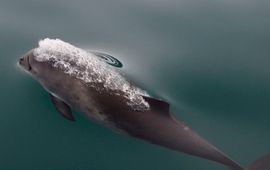
About 15% of harbour porpoises found dead on beaches in the Netherlands has ingested plastic in the stomach. This is shown in a recent publication by Wageningen Marine Research and the Faculty of Veterinary Medicine (Utrecht..
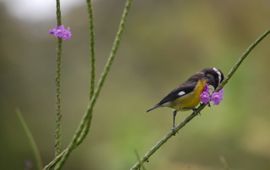
Scientists have found an explanation for how flowering plants became dominant so rapidly in ecosystems across the world - a problem that Charles Darwin called an 'abominable mystery'. ..
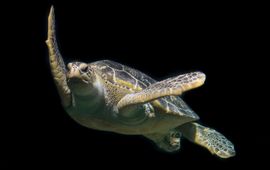
Scientists have used a new research approach to show that warming temperatures are turning one of the world's largest sea turtle colonies almost entirely female, running the risk that the colony cannot sustain itself in coming..

In the past 50 years, the amount of water in the open ocean with zero oxygen has gone up more than fourfold. In coastal water bodies, including estuaries and seas, low-oxygen sites have increased more than 10-fold since 1950...

The ground squirrel and the Syrian hamster, two rodents that hibernate in the winter, do not feel cold in the same way as non-hibernators, such as rats or mice. Yale researchers have discovered that hibernating rodents evolved..
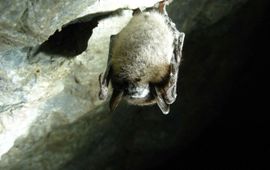
The fungus behind white-nose syndrome, a disease that has ravaged bat populations in North America, may have an Achilles' heel: UV light. ..
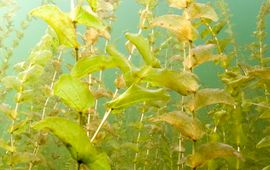
Massive growth of submerged aquatic plants can be a nuisance, especially in summer. It's up to water managers to limit the inconvenience for swimmers, boats and fishermen in a way that is both responsible and cost-effective. In..
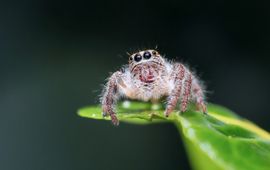
Take it from the lowly snail: if you’re on a beach and threatened by predators, run for that nearby forest. Your chance of survival will rise, if only a little bit...
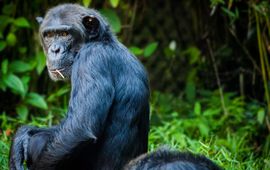
In the wild, chimpanzees face any number of dire threats, ranging from poachers to predators to deforestation. That’s why scientists, investigating an outbreak of respiratory disease in a community of wild chimpanzees in Uganda’s..

Imagine that instead of switching on a lamp when it gets dark, you could read by the light of a glowing plant on your desk. Illumination from nanobionic plants might one day replace some electrical lighting...
